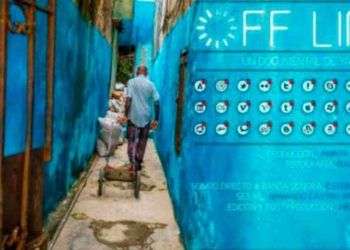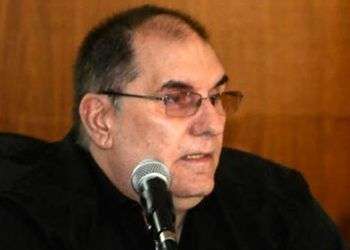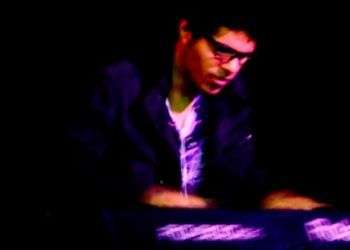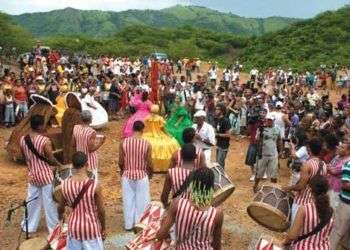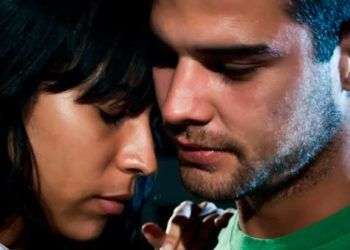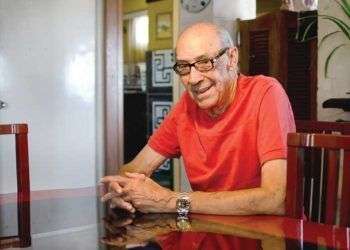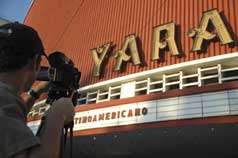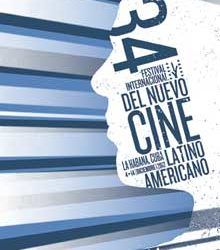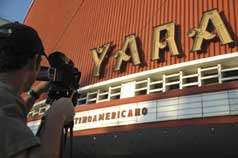Yaima Pardo: “OFF_LINE is an open, participative and mobilizing documentary…”
In a post published in Cine Cubano, la pupila insomne website, the Cuban film critic and researcher Juan Antonio García Borrero warned about the technological problem in our country: “Cuba is already part of this fiercely competitive world, as it is demonstrated by all that set of economic measures that are being implemented, and if we do not think from now on that technological literacy which I speak, social exclusion rates will be downright traumatic.” With lights that always accompany the reflections and calls from Juan Antonio, a debate was opened –which included intellectuals like Victor Fowler, where core issues were discussed at the time to think of a Cuba really immersed in an electronic revolution, where technological culture transcends holding a cell phone or a PC, because "it is not just teaching people to use a computer, but encourage them to maintain a creative and liberating spirit with these technologies." But this creative and liberating spirit that Juan Antonio mentions, can only be achieved when people to begin having a legitimate thought and action autonomy, to the extent that the slogan 'democratization of technology' to have in practice a significant share of validity, and when we without prejudice assume...

